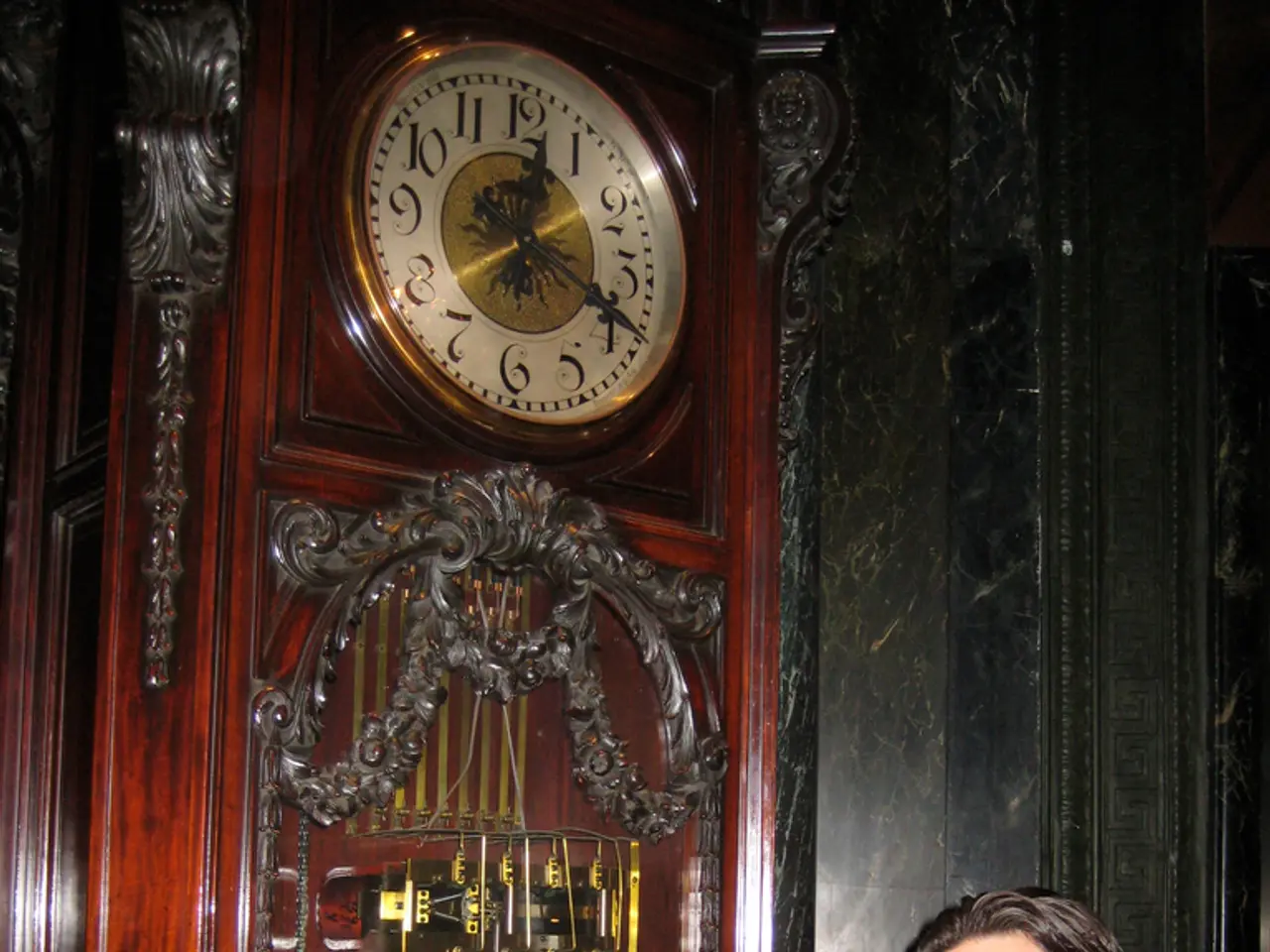Impact of Autism on Romantic Partnerships: Advice for Caring for an Autistic Spouse
=======================================================================================================
In today's world, it's not uncommon for romantic relationships to be a blend of neurodiversity, with one or both partners on the autism spectrum. This diversity can bring unique challenges and rewards to relationships, particularly in the areas of communication, emotional expression, and social interaction.
One of the primary concerns for autistic individuals in romantic relationships is the ability to understand and respond to their partner's cues. Autistic individuals often struggle with implicit communication, such as reading subtle emotional cues, interpreting body language, and understanding irony or sarcasm. This can lead to frequent misunderstandings and feelings of disconnect.
To bridge this gap, it's essential to have open and honest conversations with your partner about what helps them best when they are having a tough time. Autistic partners may communicate directly and honestly, which can be a strength in relationships, but may also lead to misunderstandings.
Another area of divergence is trust and emotional expression. Autistic partners may show commitment through consistency, practical problem-solving, or presence, rather than verbal reassurance or traditional emotional vulnerability. This difference can lead to misinterpretations, where neurotypical partners might perceive a lack of care despite it being an expression of trust in autistic partners' terms.
Emotional regulation is another area of divergence, with autistic individuals sometimes having intense emotional reactions and needing more time and space to process their feelings. This can conflict with neurotypical expectations for immediate verbal connection or emotional exchange.
Social interaction challenges also manifest as a preference for routine and discomfort with spontaneity or surprises. Autistic individuals may prefer solitude or focused activities, which can be misinterpreted by neurotypical partners as disinterest.
Successful neurodiverse romantic relationships often require explicit communication, mutual understanding of each other’s neurotypes, patience, and empathy. Couples benefit from replacing assumptions with clear conversations and appreciating that different communication and emotional styles do not indicate disinterest but neurological differences to be respected and navigated.
To support an autistic partner, it's important to be understanding of their traits, communicate about schedules and plans, and recognise their need to 'decompress' after social events. Be mindful of sensory sensitivities, learn about your partner's specific triggers and needs, and work to create a sensory-friendly environment at home and advocate for accommodations in social settings.
By valuing and leveraging each other's natural talents, together you can create a strong, balanced partnership that benefits from their diverse ways of thinking and being. Finding a shared interest to focus on can be a powerful bonding tool for autistic and non-autistic partners.
Navigating social gatherings together can also be crucial. Meeting up with one or two people at a time with your partner if they get overwhelmed by big gatherings, and having a secret hand signal or code word that your autistic partner can use when they are reaching their social limit can help manage the situation.
In summary, the impact of autism on relationships stems from fundamental neurological differences that shape communication patterns, emotional processing, and social interaction styles. Both partners must adapt and develop new strategies to foster understanding and intimacy that align with their distinct experiences. With patience, empathy, and open communication, neurodiverse relationships can be a source of deep connection and mutual growth.
[1] Baron-Cohen, S., Tager-Flusberg, H., & Lombardo, M. V. (2013). Understanding other minds: Perspectives from developmental social neuroscience. MIT Press.
[2] Hull, L., & Hull, C. (2015). The autism spectrum: A guide for parents and professionals. Jessica Kingsley Publishers.
[3] Lindauer, M. R., Lombardo, M. V., & Schultz, R. T. (2013). Autism and relationships: Building intimacy in autism spectrum couples. Routledge.
[4] Mandy, W. (2015). Autism and love: Building relationships. Jessica Kingsley Publishers.
[5] Sasson, N. (2013). Autism and love: Building relationships. Jessica Kingsley Publishers.
- In their research on development, psychologists have noted that understanding and responding to emotions and cues is a challenge for individuals on the autism spectrum, particularly in relationships.
- Emotional expression, communication, and social interaction are key areas where differences manifest in neurodiverse relationships, leading to potential misunderstandings and feelings of disconnect.
- To mitigate these challenges, cooperation, mutual understanding, patience, and empathy are crucial in the development of successful relationships, asautistic partners might communicate directly and honestly, which can lead to specific misinterpretations.
- Autistic individuals may struggle with implicit communication, interpreting body language, and understanding irony or sarcasm, which can affect the flow of conversation and emotional understanding in relationships.
- Successful neurodiverse relationships often require explicit communication, as assumption should be replaced with clear conversations, to appreciate that different communication and emotional styles do not indicate disinterest but neurological differences that should be respected and navigated.
- Closely related to communication, trust and emotional expression are also areas of divergence in neurodiverse relationships, as autistic partners may express their commitment in ways that are different from neurotypical partners, like consistency, practical problem-solving, or presence.
- Emotional regulation is another area where differences arise, as autistic individuals might have intense emotional reactions and need more time and space to process their feelings, which can conflict with neurotypical expectations for immediate verbal connection or emotional exchange.
- Social interaction challenges also present as a preference for routine and discomfort with spontaneity or surprises, which can lead to perceptions of disinterest by neurotypical partners.
- With patience, empathy, and open communication, couples can manage and overcome these challenges, as adaptability, mutual understanding, and respect for each other's differences are fundamental to building connections in neurodiverse relationships.
- Finding shared interests can strengthen the bond between autistic and non-autistic partners, as it provides a common ground on which they can grow together.
- Living with and supporting a partner with autism might involve recognizing their specific needs, learning about their triggers and sensitivities, and working to create a sensory-friendly environment, both at home and in social settings, to promote health-and-wellness and maintain the overall mental health of the partnership.




